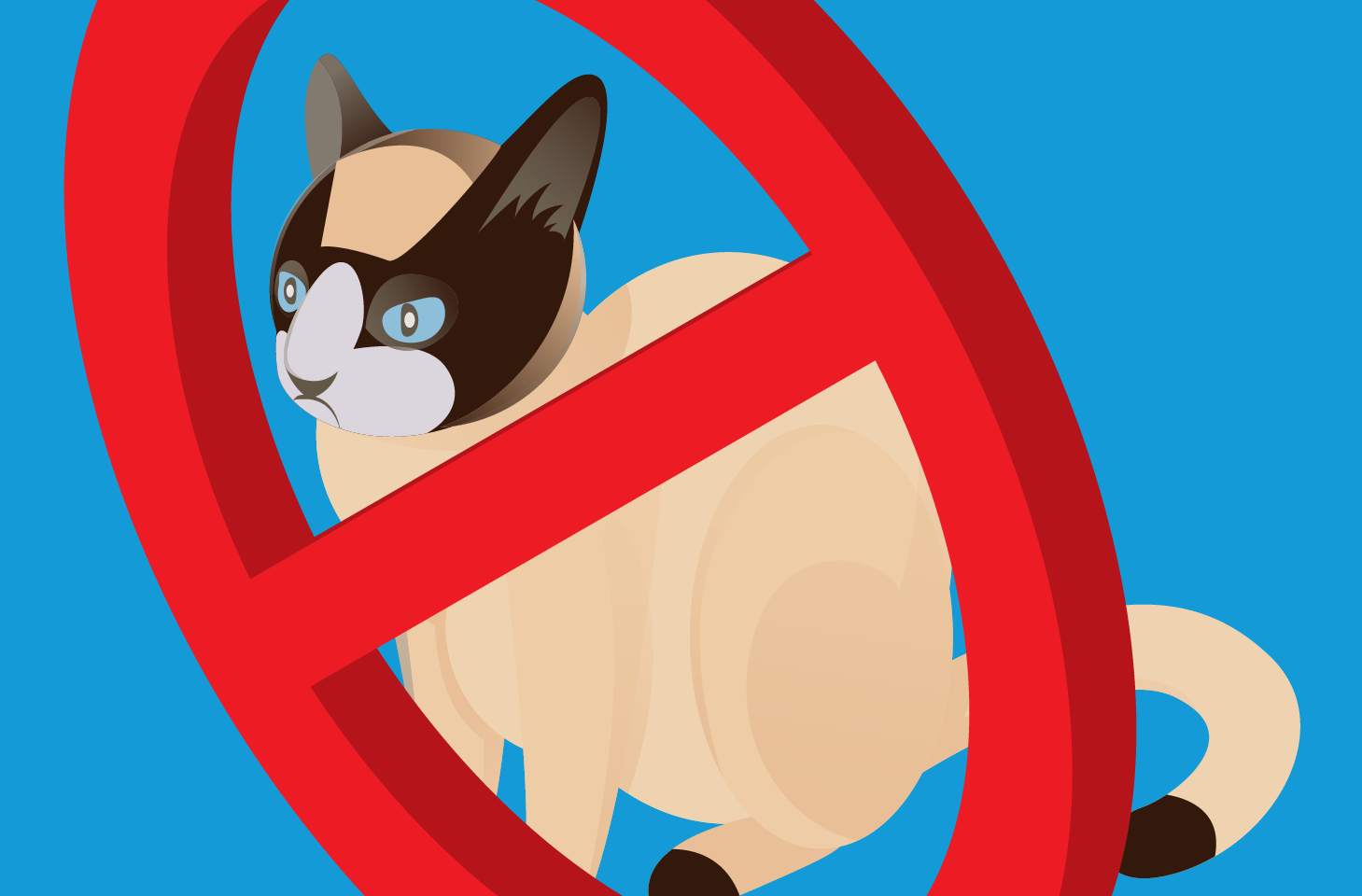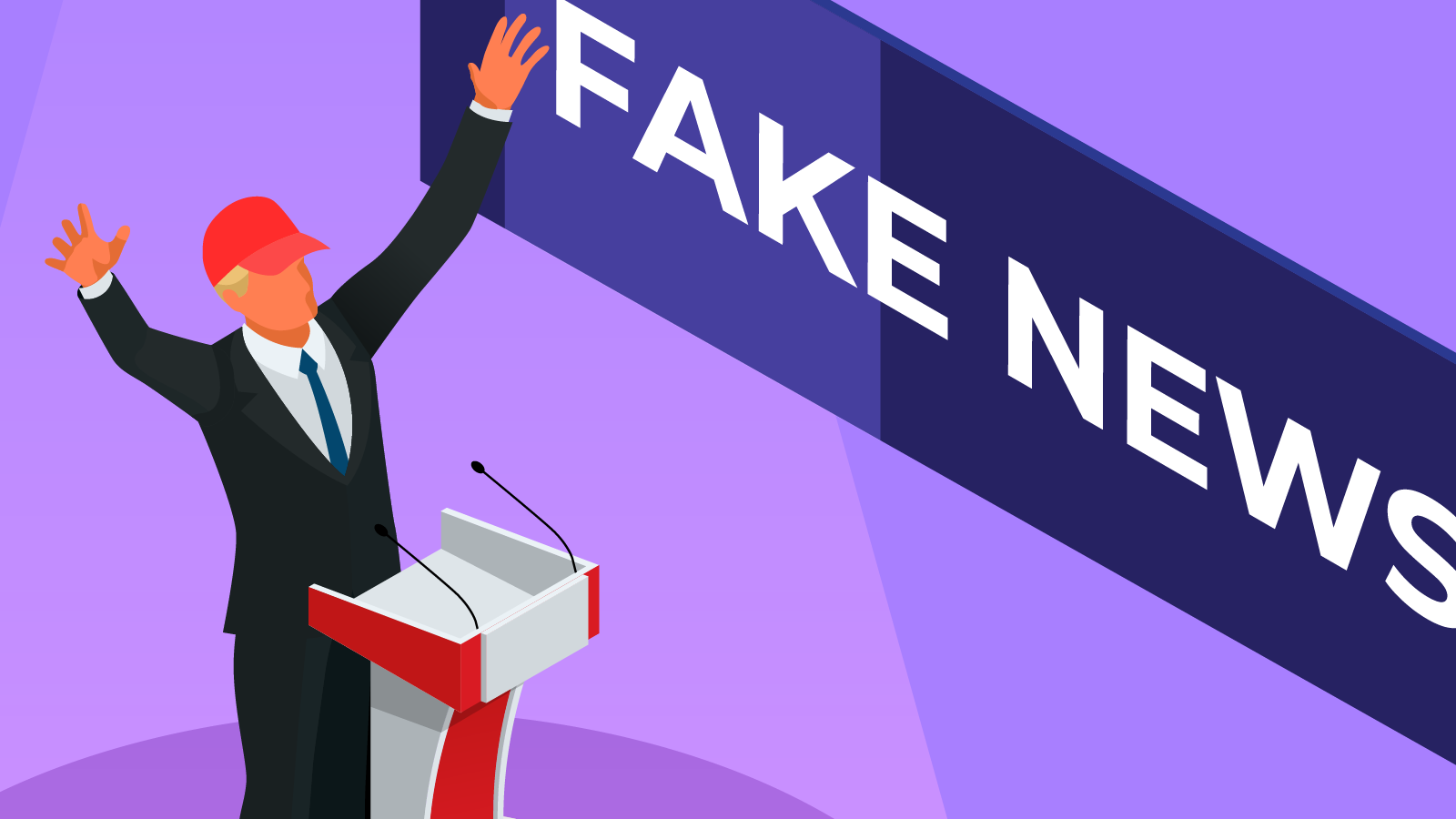These platforms provide consumers the ability to connect with peers around the world, share their experiences and broadcast opinions on everything from what they ate for brunch, to the social causes they hold dear. For brands, these channels provide an increasingly powerful marketing tool for engaging customers and building a community of followers.
At the center of this social network and app-oriented world is user generated content (UGC). UGC is any form of content (i.e. pictures, videos, testimonials, tweets, blog posts, etc.) created and shared by users through an online platform. Think of reviews placed on TripAdvisor, a video shared on Twitter, a personal post on Facebook or a thread started on Reddit. UGC is one of the most pervasive forms of content on the internet - nearly 60 million images are uploaded to Instagram each day, for instance – and is often the most powerful. Fan created videos on sites like YouTube generate 10x more views than their counterparts.

For social media platforms and networks UGC is a boon for business, drawing consumers and brands in hoards. But UGC can also present a sizeable risk - users can post practically anything online to a nearly immediate global distribution, with limited oversight or review by the platform itself.
This means that unlike their B2B peers, B2C tech companies operating an app, network, community forum or the like are faced with a potential minefield of media exposures, and their traditional technology insurance policy may not take this into account.
Here are a few examples of how user generated content can present a unique risk for B2C tech platforms:
Intellectual property infringement
In 2006, YouTube found themselves at the receiving end of a lawsuit. A journalist claimed that a video he filmed of an incident during the 1992 Los Angeles riots was posted on YouTube without his permission and YouTube profited from this work, while hurting his ability to license the video. At the heart of the allegations were claims that YouTube were encouraging users to violate copyright laws. In addition to seeking $150,000 per violation, the journalist also sought an injunction barring further use of his material. At CFC we have seen multiple examples of B2C companies facing legal action for copyrighted materials being posted on their platforms. Given the complex legal environment and the need for specialist legal counsel, defending these actions can cost in the hundreds of thousands.
Defamation
The proliferation of UGC can greatly increase the risk of a defamation action against online B2C tech companies by providing an opportunity for disgruntled customers, unhappy employees and vicious competitors to badmouth a company or person. These nefarious actors can reach a global audience instantly with accusations and opinions, and it’s incredibly difficult to remove anything permanently once it reaches the internet. In 2018, employment review site Glassdoor was sued by a craft beer retail chain over negative comments and ratings on the site. As the reviews complied with Glassdoor’s policies they refused to remove them. These businesses rely on genuine reviews and so find themselves in a serious predicament – as removing the material for every claim of defamation potentially undermines the legitimacy of the site. There is a huge exposure for these businesses when sharing the opinions of others, as emotions run hot when things get personal.
Negligence
While more traditionally a concern for B2B tech companies, negligence style claims can also arise from user generated content. Both Internet Brands (a networking site for models, photographers, makeup artists and other industry professionals) and Grindr (a gay and bisexual dating site) have made headlines in recent years following claims that, as the operator of a site, they failed to warn users about the threats posed by other site users. In the Grindr matter, the plaintiff claimed he had suffered emotional distress when another user created fake profiles of him and used that to lure hundreds of eager men to his home and office. The plaintiff brought a number of actions against Grindr including negligent failure to warn and copyright infringement for use of his images.
Reputational harm
Online companies publishing user generated content also have their own reputations at stake. In November 2018, a well-known micro-blogging app, Tumblr, was removed from the Apple store after it was found that users had uploaded child pornography which slipped through their filters. This had immediate repercussions for the brand, and also kept new users from downloading the app. The site had to undergo a huge overhaul to remove all adult content, and subsequently lost a significant portion of their user base.
Global regulatory landscape
The internet has no borders, so online B2C technology companies can often have a global audience or user base. This also means they face a myriad of different legal environments which are evolving at a rapid pace. Even in the United States, where there have been a number of protections put in place to protect online B2C companies from such actions, the rules are becoming more nuanced. For example, while The Digital Millennium Copyright Act of 1998 (DMCA) used to clearly protect businesses from comments made by others on their sites, and Section 230 of the Communication Decency Act protected businesses from defamation and related liabilities as a result of UGC, developments in the law today suggest that the protection is not as robust as once thought.
For online B2C businesses, it’s important to be aware of the unique nature of how user generated content can be both a blessing and a curse. Traditional technology insurance policies aren’t always built with these exposures in mind, so B2C businesses should seek cover tailored for their specific activities.




